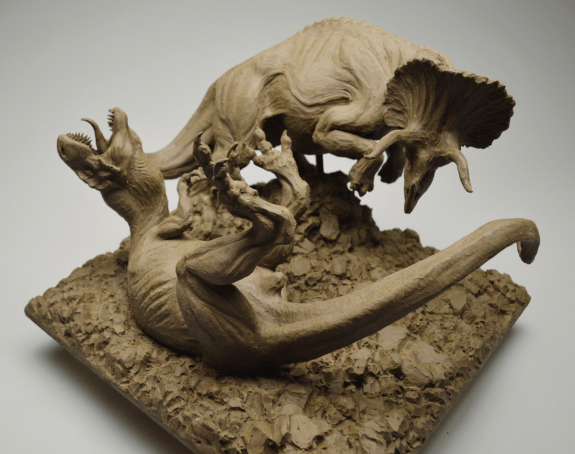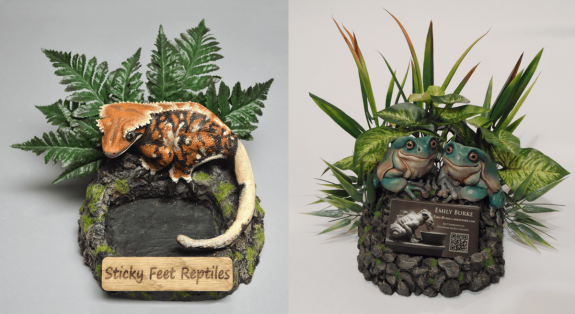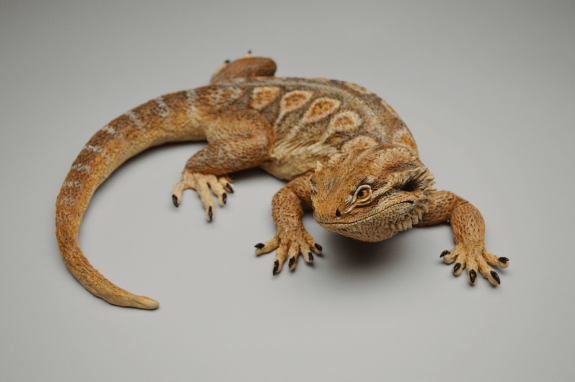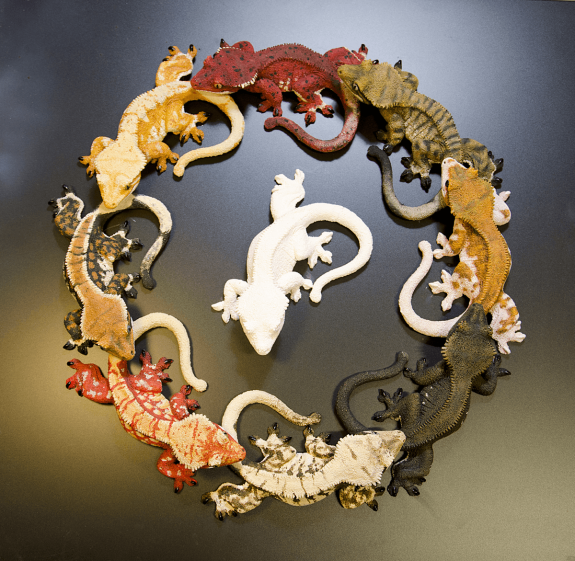The natural world has always been an unparalleled source of inspiration to me. It has become a driving force in my artwork and I find myself returning again and again to depicting natural subject matter. Growing up my family encouraged and embraced my love for nature and I constantly endeavored to learn as much as I could about the animals I encountered. To learn more about the animals I loved so much I attended dozens of conservation-oriented nature camps, visited natural history museums, and pored over as much information as I could get my hands on. The knowledge I had accumulated during these experiences further directed my artwork and I soon became concerned with the education of others. I strive to promote conservation and awareness of the natural world through my artwork.

How did you get interested in reptiles?
Out of all living creatures I am especially drawn to reptiles. They are, in my opinion, some of the most beautiful animals alive today. Their scales always present unique challenges for me to overcome when depicting them in my artwork. Although reptiles have been a constant presence in my life, I did not acquire my first one until a little over a year ago when I bought my crested gecko Charlie. She has allowed me to meet many wonderful people in the reptile hobby, and I would not have been able to create the artwork that I have without her help.

How have you made connections in the reptile hobby?
During my research for more information on crested geckos I came across the Pangea forums. I had posted pictures of some of my reptile-related art on Pangea and was first contacted by Megan of Sticky Feet Reptiles for commission. Megan sold some of my artwork and also commissioned me for some display pieces to be used at various reptile conventions she would vend at, introducing my artwork to a wider range of people than I was capable of reaching by myself. This exposure caused many other people, breeders and keepers alike, to commission me as well once they encountered my artwork. Reptile enthusiasts are some of the most enjoyable people I’ve had to work with, as their enthusiasm for their pets is infectious and our love for animals is mutual.

How do you make your sculptures?
By familiarizing myself with animals the animals that I sculpt I feel that I am better able to depict them. By having an actual reptile to sit and pose for me I am able to capture nuances that may not have been picked up in just photographs. On several occasions I had to babysit my friend’s bearded dragon, Rex. During the days I watched him I was able to spend time with and study him, sketching him and figuring out his anatomy as best I could. Soon after, I set about sculpting him in my ceramics class, which resulted in the artwork seen in the image below.

Most of my sculptures are made of stoneware clay, which is then fired and painted with acrylic. However my crested gecko sculptures are actually cast from the mold of my original clay sculpture (using hydrocal, oil-based clay, and a rubber mold). Once I had a mold made I was able to reproduce my crested gecko sculptures and paint them in all of their variable morphs. I now get commissions from people wanting me to custom-paint sculptures to resemble their favorite crested geckos.

Education and art
My love for animals and my time spent at many conservation-oriented nature camps has made me very aware of the importance of conservation. I recently sculpted an Eastern box turtle for the Anita C. Leight Estuary Center, a camp that I often frequented as a child. It measures 28″x32″x18″ and is made of stoneware clay, acrylic, glass eyes, blackboard paint, and chalk. This piece takes into account that each Eastern box turtle shell is uniquely patterned. By encouraging children to engage with this piece and design their own patterns with chalk on the sculpture’s carapace I am hoping to foster an interest in the animal, and eventually a concern for this threatened species’ longevity.



Good evening,
How do I contact Emily Burke please? I love her sculptures …
Thanks, Pat
Her Facebook page is listed in her bio at the end of the article. I have sent you her email address privately.
I would love to have a sculptuse of this ring of crested geckos if possible
I would like to know if she is selling those crestie sculptures. I never noticed the piebald until now when I googled patient zero, hopefully that anomaly finds its way back into future generations
Check her out on Facebook and see if you can contact her!